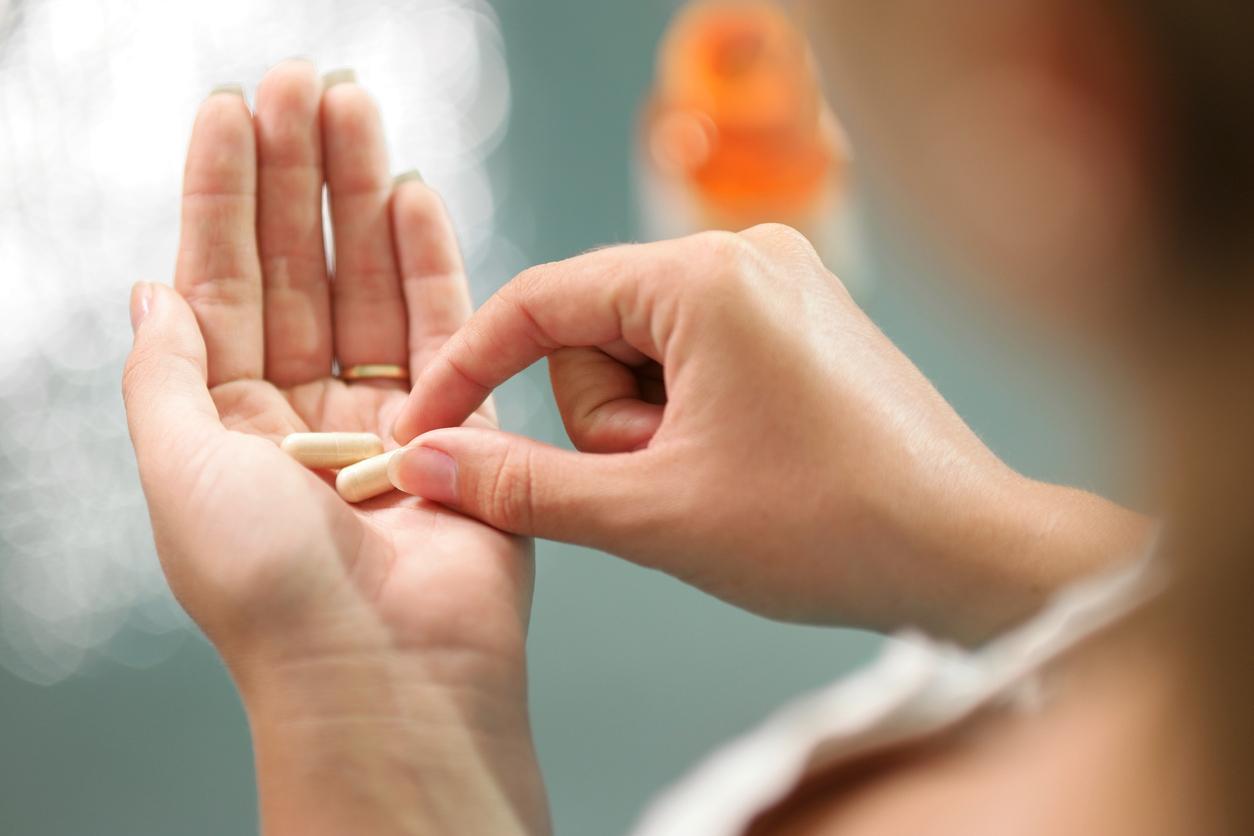May 16, 2005 – A very recent American meta-analysis has just confirmed that an increased intake of vitamin D can actually reduce the incidence of fractures in the elderly. Almost at the same time, two new British studies question the effectiveness of calcium and vitamin D on reducing these same fracture risks. Real or apparent contradiction?
The American team, led by DD Heike A. Bischoff-Ferrari, physician and professor of nutrition at Harvard School of Medicine and Public Health, analyzed 12 double-blind clinical trials involving a total of 19,114 subjects aged 60 and over1. The results of the meta-analysis indicate that taking 700 IU to 800 IU of vitamin D per day reduced the risk of fracture by about 25% compared to subjects who took only calcium or a placebo.
The two negative British studies were not analyzed by the Harvard team since the results had not yet been published at the time of the meta-analysis. However, since that time, DD Bischoff-Ferrari took note of it and explained, during an interview, that one of the two studies did not meet the criteria of the meta-analysis anyway because it was not a question of ” a double-blind trial2.
As for the second3, she believes that taking it into account would not have significantly changed the nature of the results published by her team. She also points out that the average age of the 5,292 subjects participating in this study was 10 years older than that of the subjects in the other trials, and especially that they were patients already hospitalized for fractures associated with the study. osteoporosis. According to her, for patients who have already caused significant bone loss and who are prone to fractures, higher daily doses of vitamin D, probably in the range of 1,000 IU to 1,500, should be given. UI to get meaningful results.
The head of the study also stresses that the dosage of 400 IU, which corresponds to the official recommendations currently in force, seems to have no effect on the risk of fracture. This brings water to the mill for those who want an upward revision of the recommended nutritional intake of vitamin D (see the Vitamin D sheet for more on this controversy).
Pierre Lefrançois – PasseportSanté.net
1. Bischoff-Ferrari HA, Willett WC, et al. Fracture prevention with vitamin D supplementation: a meta-analysis of randomized controlled trials.JAMA. 2005 May 11; 293 (18): 2257-64.
2. Porthouse J, Cockayne S, et al. Randomized controlled trial of calcium and supplementation with cholecalciferol (vitamin D3) for prevention of fractures in primary care.BMJ. 2005 Apr 30; 330 (7498): 1003.
3. Grant AM, Avenell A, et al; RECORD Trial Group. Oral vitamin D3 and calcium for secondary prevention of low-trauma fractures in elderly people (Randomized Evaluation of Calcium Or vitamin D, RECORD): a randomized placebo-controlled trial.Lancet. 2005 May; 365 (9471): 1621-8.















